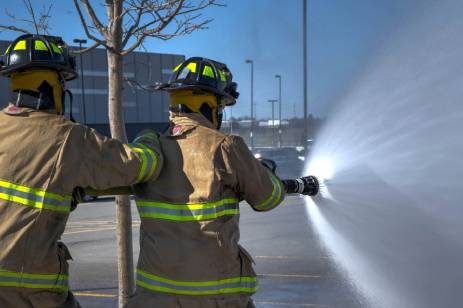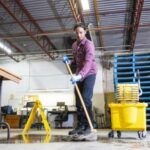Fire prevention and safety measures are essential in every aspect of our lives, whether at home, work, or public spaces. Understanding and implementing effective strategies to prevent fires can not only save property but also lives. This blog aims to highlight key practices and measures for fire prevention and safety.
Identifying and Mitigating Fire Hazards
The first step in fire prevention is identifying potential fire hazards in your environment:
- Regular Inspections: Regularly inspect electrical systems, heating devices, and gas connections for any signs of damage or malfunction.
- Safe Storage of Flammable Materials: Store flammable substances, like paints, solvents, and cleaning agents, in designated areas away from heat sources.
- Maintaining Kitchen Safety: Never leave cooking unattended and keep combustible materials like towels and paper away from the stove.
- Safe Smoking Practices: If smoking is permitted, ensure it’s done safely, away from flammable materials, and that cigarettes are properly extinguished.
Installation of Fire Detection and Suppression Systems
Installing and maintaining proper fire detection and suppression systems is crucial:
- Smoke Alarms: Install smoke alarms in key areas, especially in bedrooms and kitchens, and test them regularly.
- Fire Extinguishers: Place fire extinguishers in accessible locations and train household members or employees on how to use them.
- Sprinkler Systems: In larger buildings, automated sprinkler systems can provide an immediate response to fire.
Training and Preparedness
Awareness and training are critical components of fire safety:
- Fire Safety Drills: Regularly conduct fire drills to ensure everyone knows how to evacuate safely in case of a fire.
- Educational Programs: Educate about fire hazards and safety measures, particularly in schools and workplaces.
- Clear Escape Routes: Maintain clear and marked escape routes and ensure that all occupants are familiar with them.
Regular Maintenance and Compliance
Ensuring compliance with fire safety standards and regular maintenance is vital:
- Building Codes: Adhere to fire safety codes and standards in building construction and maintenance.
- Professional Inspections: Regular professional inspections of fire safety equipment and systems can identify potential issues before they lead to a fire.
Conclusion: A Collective Responsibility
Fire prevention and safety is a collective responsibility. By staying vigilant, conducting regular checks and maintenance, and ensuring that everyone is educated about what to do in the event of a fire, we can significantly reduce the risks associated with fire. Let’s work together to create a safer environment for all.











 LOOKING FOR A JOB?
LOOKING FOR A JOB?